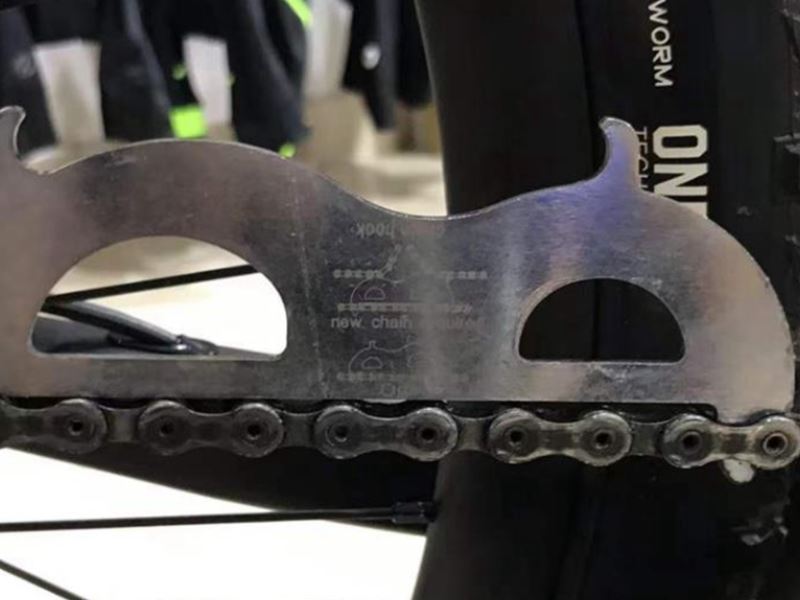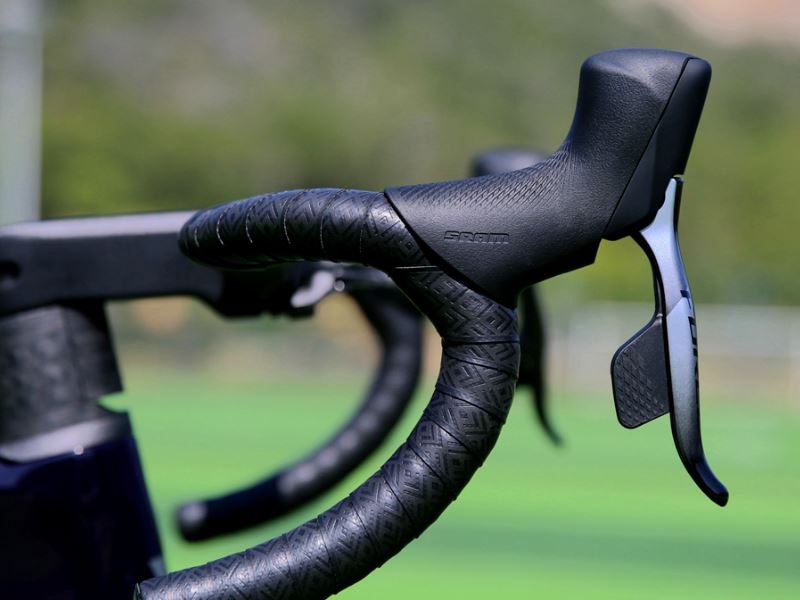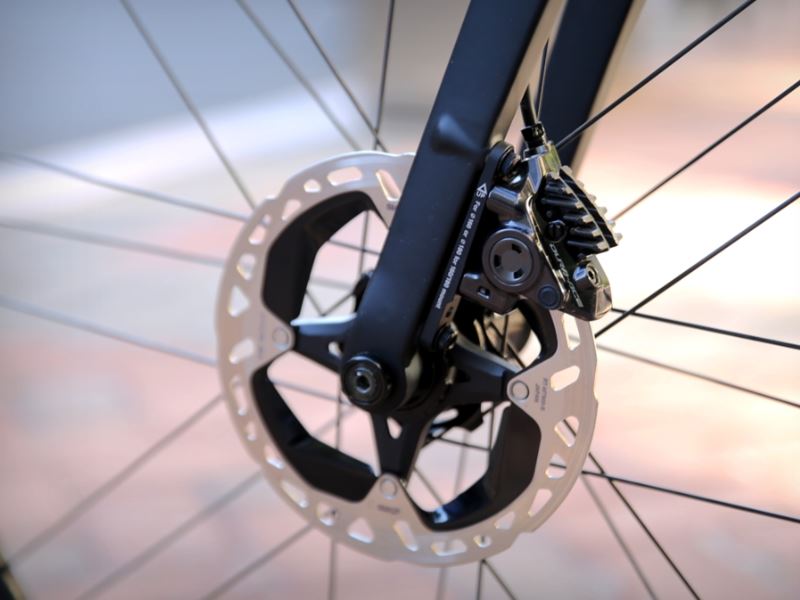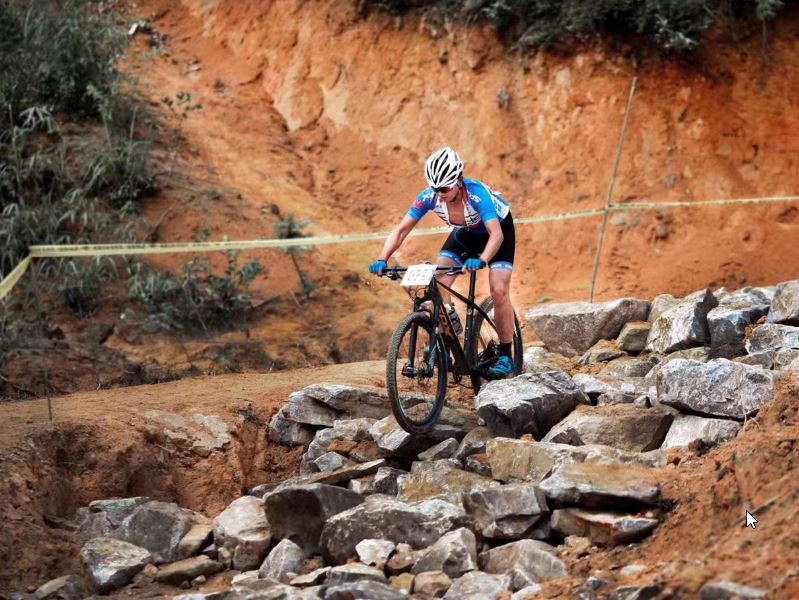by Tiffanybikes
Share
by Tiffanybikes
Share
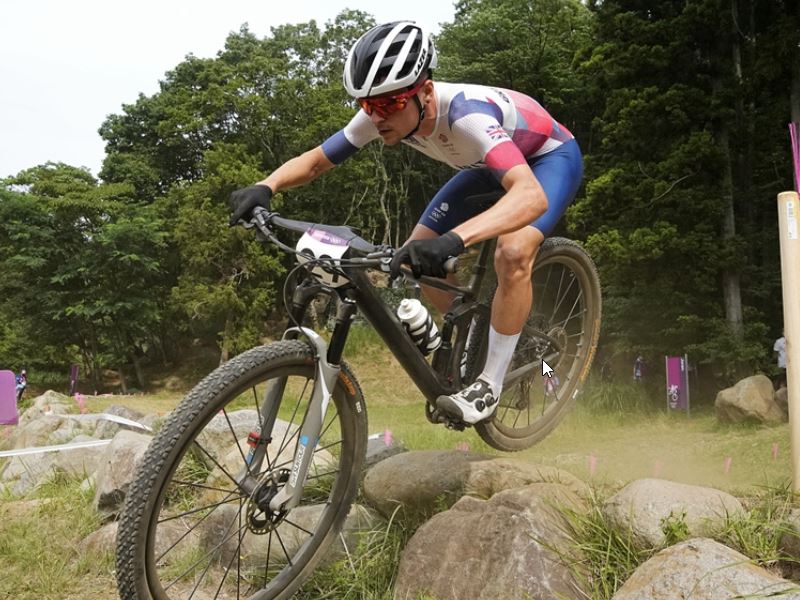
Through the competition in the mountain group of the Tokyo Olympics, we can see that almost all the players have used the latest technology in the mountain field. This is also the bicycle industry is in the process of continuous technological innovation. Especially in off-road racing, it is obvious to see the improvement of technology, and each bicycle brand is innovating for its own mountain model to further improve the performance to provide the rider with fast speed.
The increase in the difficulty of the track has also strengthened the technological progress of the bicycle, which was proved on the track of the Tokyo Olympics. Over the past decade, almost every aspect of mountain bike has changed, from geometry to tire construction to suspension, etc., to better handle technical downhills and rocky sections with ease, while still Guaranteed to have the best climbing speed.
I have to say that a large part of the models of mountain cross-country races is the combination of XC models and AM models, so that riders can deal with various road conditions. The most striking change in mountain bikes is the size of the wheels. As far as the current top races are concerned, drivers basically choose 29er and soft tail models, which also depends on the difficulty of the track.
When the 29er model was launched in the early days, some people always felt that the size of the 29er was too large, it was difficult to control, and the handling performance was not good enough. Therefore, many people still insist on using 26- and 27.5-wheel diameter models, which may be a process of conversion from a 26-wheel diameter to a 29-wheel diameter, and also need to adapt, and the early launched 29er models, in terms of geometry and zero. The use of accessories is not so mature, leading to skepticism about frame strength, handling and power point control. However, after so many years of improvement, it has also been recognized by top riders and the market. We also summarized several points that have changed greatly in the development history of mountain bikes.
- Wheel diameter
In 2011, Jaroslav Kulhavy from the Czech Republic was the first ever to ride a 29er to win the World Cup Cross Country Championship. He then went on to win gold in the 2012 London Olympics Mountain Cross Country with an S-Works Epic 29er. Since then, the 29 er has gradually become the standard in XC racing.
Most riders have accepted the 29er model. In mountain cross-country races, larger wheel diameters can provide better passing and comfort, and have more advantages in rolling speed, so this year’s top mountain races are almost All riders use 29er models.
- Kit
In mountain models, another huge change is the emergence of the single-disk system for mountain bikes. The chainring adopts a single-disk design. SRAM launched the first-generation XX1 single-disk transmission system in 2012, and the flywheel was also upgraded from the early 10-speed to the 11-speed is now 12-speed and 13-speed, which is also to have a more suitable gear ratio range in the face of steeper climbs. Therefore, in the current mountain cross-country race, it is difficult to see a mountain model with a front derailleur.
In the early days of the introduction of the 11-speed cassette, many riders were skeptical about whether the 11-speed cassette could really use the largest cassette in the race, believing that a larger cassette would require a longer chain, and the tension on the rear derailleur would be great test. But gradually, professionals and hobbyists alike began to realize the benefits of a single disc, the drivetrain was easier to install, easier to maintain, and it reduced weight, eliminating the need for front derailleurs and chainrings and making the bike look cleaner. At the same time, it can also leave a better installation position for the suspension system.
- Geometry
The improvements in frame geometry, also as off-road competitions have become more complex and technical, require a boost in downhill stability while still maintaining excellent climbing performance. The current S-Works Epic is a typical example. He can say that it sums up the development of all softtail mountain bikes. It has a head tube angle of 67.5° and a seat tube angle of 470mm/75.5°. Confidence, so it is very popular with riders.
- Tires
2012 champion Daniel Kujavi’s S-Works Epic comes with a 2.0-size tire width, and the conventional wisdom in the past is that narrower tires can roll faster while saving weight, both of which are also very useful in racing. Important, but wider tires are more well-rounded in all respects.
Both are important in off-road racing, but while narrower tires can save you some weight, wider tires are better in almost every other way. It provides better grip and comfort without sacrificing rolling efficiency, and for now, it seems that most riders are opting for 2.3-2.4 width tires on their mountain bikes.
- Handlebars
As Spider-Man says: “With great power comes great responsibility”, and the same goes for the bike, with optimized tires, frame geometry and dimensions, but with wider handlebars for handling. In the early mountain bikes, the length was basically 600mm, and then gradually lengthened until 700mm. I always felt that the lengthened handlebar would increase the wind resistance area, and even shorten the handlebar for better aerodynamics.
As the speed increased, the difficulty increased, and the handlebar width was further updated, many riders gradually began to use 740mm or 760mm handlebars, which only appeared on DH models with soft tails in the early days. This phenomenon is slightly the same as widening the tires. Wider handlebars have become a standard in the mountain field. In the face of technical difficulties, it can be better handled. Some people even say that widening the handlebars helps to pull better. Stretch your chest for better breathing.
- Suspension
In the past ten years, the suspension system has been upgraded by leaps and bounds. The improved locking structure has resulted in lighter and stronger shocks, which can effectively filter small shocks and absorb large drops. However, hardtails still occupy a place in the mountain field. In the face of high-speed and simple mountain road conditions, players will still choose hardtails to participate in mountain areas, reducing weight without losing power output. In today’s mountain cross-country races, increasing the difficulty of the track is a better test for the players, and at the same time makes the race more enjoyable, so riders usually use double-shock mountain bikes on difficult tracks. As for the soft tail models that dominate the top trails.
When the 29er was first launched, in order to reduce the height of the handlebars, a negative-angle stem was generally chosen. At the same time, the manufacturers who provided front forks also introduced 80mm short-travel front forks. For this Olympics, the 2022 Scott Spark used by Nino Schurter and Kate Courtney at the Tokyo Olympics has 120mm of front and rear travel.
The “out-of-stock tide” brought about by the epidemic has made it difficult to find a bike in the cycling circle. Even if some brands can order a bike, the delivery time varies from a few months to more than half a year. There are many bike fans who can’t wait to turn their attention to […]
Whether you’re a big cyclist or a novice cyclist, who hasn’t made some mistakes on the bike? For example, when the new bike is installed, the vehicle accessories are installed incorrectly, the equipment model is not matched when the accessories are upgraded, the fault judgment is wrong, and there is wasted effort in disassembly and […]
With the full popularity of the disc brake system for road bikes, the road bike market has completely resolved the debate between disc brakes and rim brakes. It can be said that disc brakes have completely taken over the rim brakes. But in road disc brakes, there is another debate, so is it better to […]
Today, most mountain bikes on the market are equipped with front fork shock absorbers, and even many gravel bikes are equipped with micro-travel shock absorbers in order to cope with more complex road conditions. There is enough suspension travel on a bicycle to measure the bumps that the bicycle can absorb, so what kind of […]
